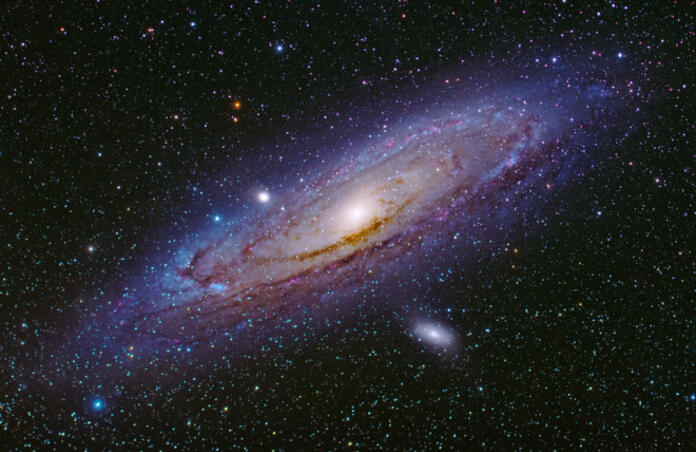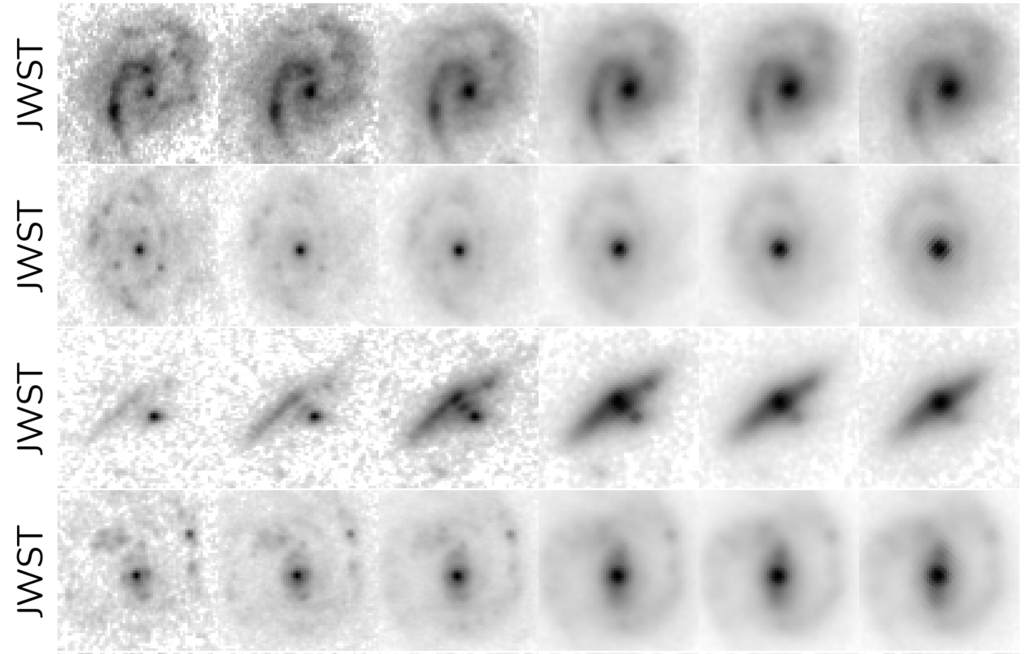Galaxies like our own found to be common in the early universe

A new study performed by an international team of researchers including those at The University of Manchester and University of Victoria has made a surprising discovery – galaxies like the Milky way are more common than we thought. This finding has completely overturned the general understanding astronomers have of structure formation in the universe, and new ideas need to be considered.
The milky way is a disk galaxy rotating about its centre which often spans spiral arms. This type is believed to be the most common in the close universe, and the kind which are most likely to harbour life considering the nature of their formation. However, it was thought that disk galaxies wouldn’t be seen in the early universe due to their seemingly fragile structures. Galaxy mergers were thought to be more abundant, which resulted in the destruction of the spiral shapes of milky-way-like galaxies.

The study found that disk galaxies like our own are ten times more common than what astronomers initially thought, basing this previous belief on Hubble observations. Additionally, galaxies of this type can be found far back in the early universe, many forming at least around 10 billion years ago. Christopher Conselice, professor of extragalactic astronomy at The University of Manchester, said, "Using the Hubble Space Telescope we thought that disk galaxies were almost non-existent until the universe was about 6 billion years old, these new JWST results push the time these Milky Way–like galaxies form to almost the beginning of the universe."
It was once believed that disk galaxies were rare, only forming once the universe was middle aged. Using Hubble, astronomers thought that the universe was filled with irregular and peculiar structured galaxies, akin to mergers. However, JWST has given scientists the ability to have a closer look at the true structures of these galaxies for the first time.
The team states that due to this new finding, new ideas concerning the evolution of the universe need to be studied. For one, this is a sign that structure in the universe forms at much greater speed than anticipated. "For over 30 years it was thought that these disk galaxies were rare in the early universe due to the common violent encounters that galaxies undergo. The fact that JWST finds so many is another sign of the power of this instrument and that the structures of galaxies form earlier in the universe, much earlier in fact, than anyone had anticipated" said Leonardo Ferreira, lead author of the study from the University of Victoria.
Professor Conselice continues, "These JWST results show that disk galaxies like our own Milky Way, are the most common type of galaxy in the universe. This implies that most stars exist and form within these galaxies which is changing our complete understanding of how galaxy formation occurs. These results also suggest important questions about dark matter in the early universe which we know very little about."
"Based on our results astronomers must rethink our understanding of the formation of the first galaxies and how galaxy evolution occurred over the past 10 billion years."
--
Cover image: Antares_StarExplorer/Shutterstock
Journal source: Leonardo Ferreira et al 2023 ApJ 955 94
